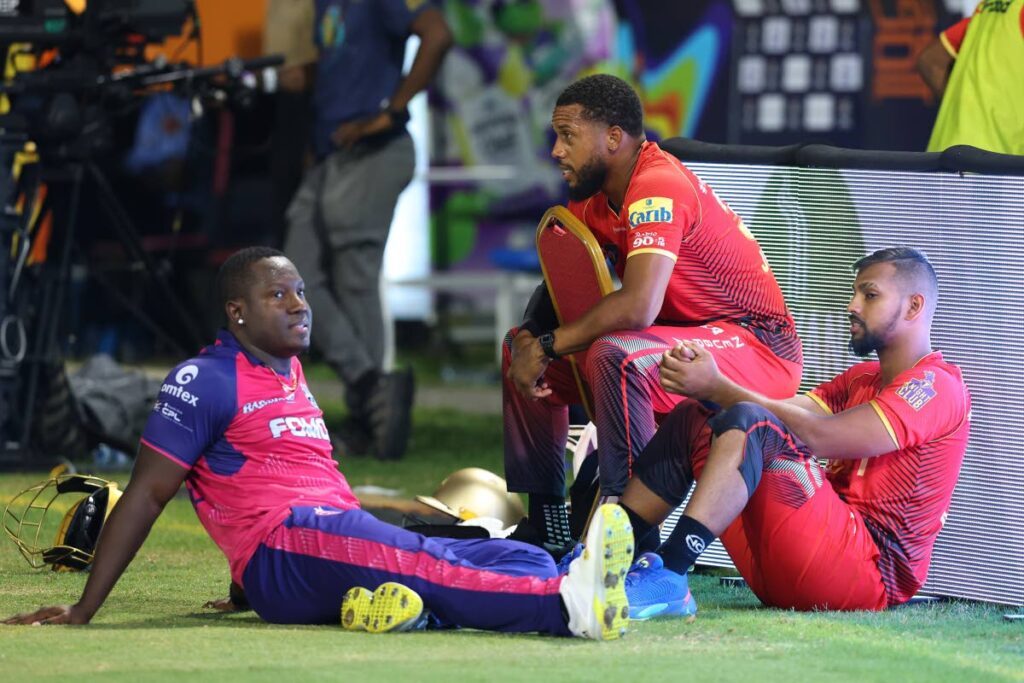CPL explains TKR vs Royals Eliminator decision

Amidst much hullaballoo surrounding the events that led up to Trinbago Knight Riders’ (TKR) Republic Bank Caribbean Premier League (CPL) exit on October 1, CPL have issued a detailed statement explaining the processes used to determine the final result.
During the Eliminator match against Barbados Royals, TKR posted 168/3 in 19.1 overs before three of six floodlight towers at Providence Stadium in Guyana cut off.
This resulted in a two-hour delay and the match reduced to five overs, setting Royals an easy target of 60 for victory, with a full complement of batsmen.
A 17-ball half-century from South African left-hander David Miller made little of the target as Royals eased to 64/1 with four balls remaining.
The win saw Royals advance to the October 4 playoff against Guyana Amazon Warriors, with the winner of this tie confirmed a place in the October 6 CPL final against St Lucia Kings.
The umpires’ decision to have the match restarted over two hours later, and reduced to a five-over affair, was ridiculed by mostly TKR fans online after the loss. Arguments and opinions trended from fans of both franchises on social media, loyalists and cricket enthusiasts sought to question and/of defend the umpires’ decision.
On the matter, CPL said, the three floodlights lost power at 8.58pm causing an interruption in play.
“Within half an hour, two of the three towers were functioning. In the opinion of the on-field field umpires, Deighton Butler and Nigel Duguid the lighting level made it unsafe for play to continue,” the statement read.
It added that given the importance of the game, both teams were offered the opportunity to continue playing in the reduced lighting. Despite Royals willingness to continue the match, TKR did not want to carry on playing in conditions which the umpires had decided were unsafe “as was their right.”
“Initially, a cut-off time of 10.52pm for the start of a minimum five over innings, which is required to constitute a game, was communicated to broadcast. This was subsequently revised to 11.01pm to account for the time allowed for the interval between innings which had not been initially included.”
Eventually, power was restored to the third floodlight tower at 10.51pm and, after making an allowance for enough time for the lamps to achieve maximum brightness, the match officials made the decision to re-start the game at 11.01pm, ensuring that a result could be achieved on the field of play.
“The ICC-approved Duckworth Lewis Stern (DLS) calculator, which is utilised at the innings break of every CPL game, and which is the universally accepted method used to determine revised targets in an interrupted game was applied, and a target of 60 from the five overs was generated.”
Reon King, CWI senior match referee, who was in charge of the playing control team on the night, said, “CPL playing conditions allow for one hour extra time to be added to a game before overs are lost, and a failure of floodlights is treated in exactly the way as an interruption for rain.
“The priority for the match officials team is always for the safety of players, but they also work to try and see if the outcome of a game, one way or another, can be achieved on the field of play. This was the focus applied during the Eliminator match.”

Comments
"CPL explains TKR vs Royals Eliminator decision"